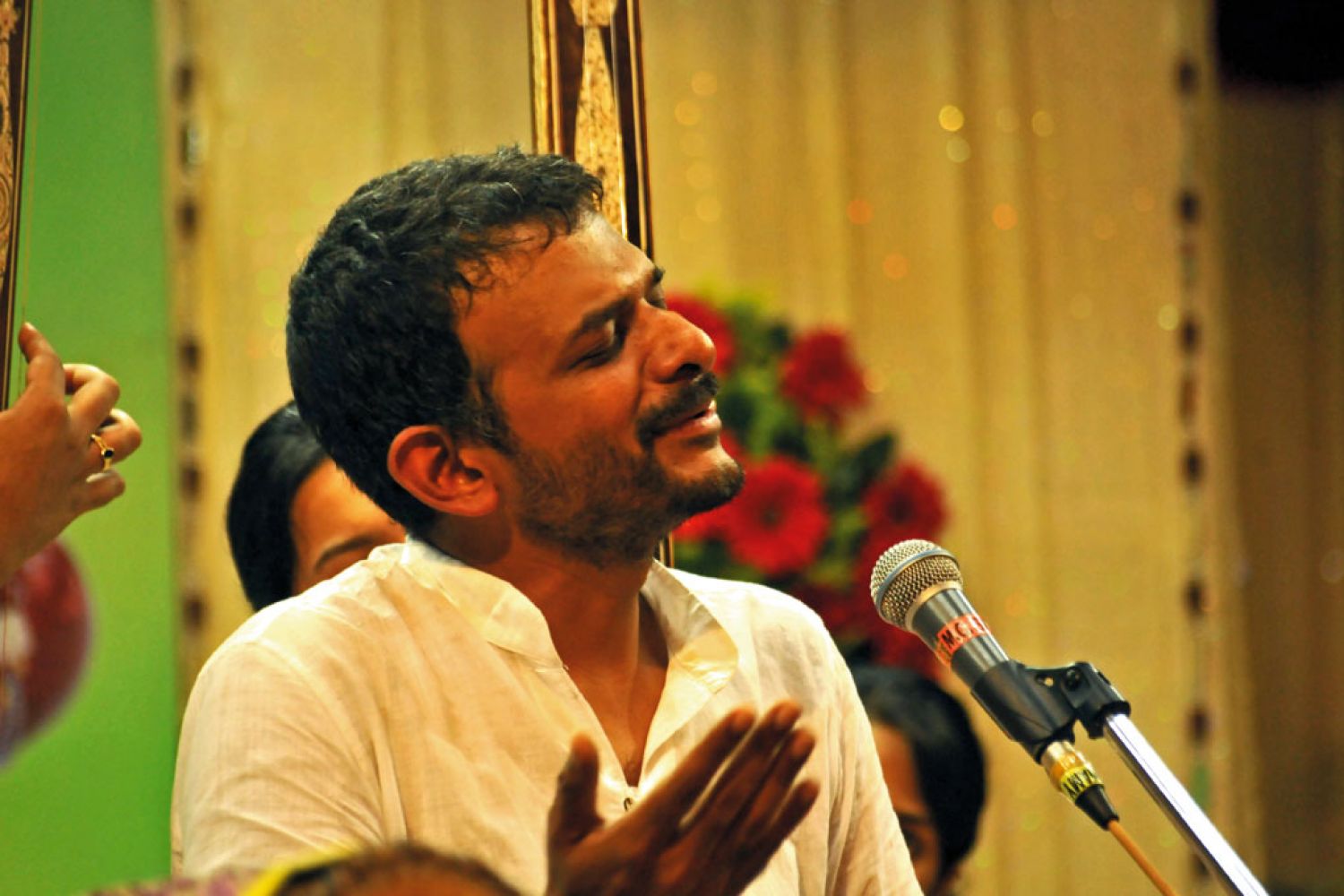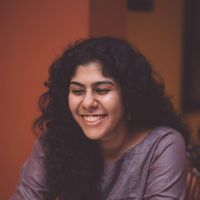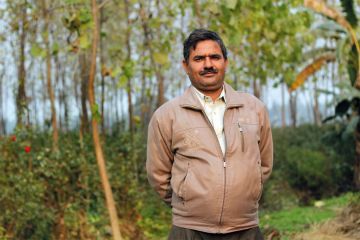
Many discontents of the Season Ispot an old woman standing hesitantly, protected by a shawl from the night chill, fingering the ancient diamonds on her ears. Does she need help to cross the road? No, she needs an auto; she came to a concert without making arrangements to return.On an impulse, I offer to drop her home; it’s a part of town I’ve never been to before. I spend an hour trying to find my way back home. I’ll never see her again. But the encounter feels special, like a lovely c





